The Acropolis and Parthenon in Athens
Our Israel/Greece tour was canceled due to the coronavirus. We have postponed it to November 4-18, 2020. For each day that we would have been traveling, we will post an article about where we would have been traveling that day. Today we would have been visiting Athens, Greece and observing the Parthenon as Paul did.
Athens, founded in 3000 BC, is one of the most recognized places in the world with the Parthenon, the Acropolis and the Forum. We know that great names walked there. Socrates walked there. Plato and Aristotle taught there. In the 5th Century, Athens was in its prime during a period called the Golden Age, just prior to being burned and destroyed during the Greco-Persian Wars. It was rebuilt and then included the Parthenon which was several hundreds of years old by the time Paul got there. Later, this was part of the Macedonian empire. At the time of Paul, Athens had been under Roman control for about 150 years. Athens influenced the Roman world and, hence, our own. Greek or Hellenistic thinking puts humans on the “throne” of their own lives.
Then, one day the Apostle Paul walked in with a world view he wanted to discuss and debate with the disciples and (so to speak) the descendants of Aristotle, Plato and others. Paul first noticed how religious the Athenians were. There were temples and idols everywhere. You can still see the temple of Hephaestus with the Temple of Zeus. Paul was troubled. He knew this was sinful. Paul’s mission was to make God’s name known. Instead, the Romans were attributing honor to Zeus or Athena. God deserved that honor.

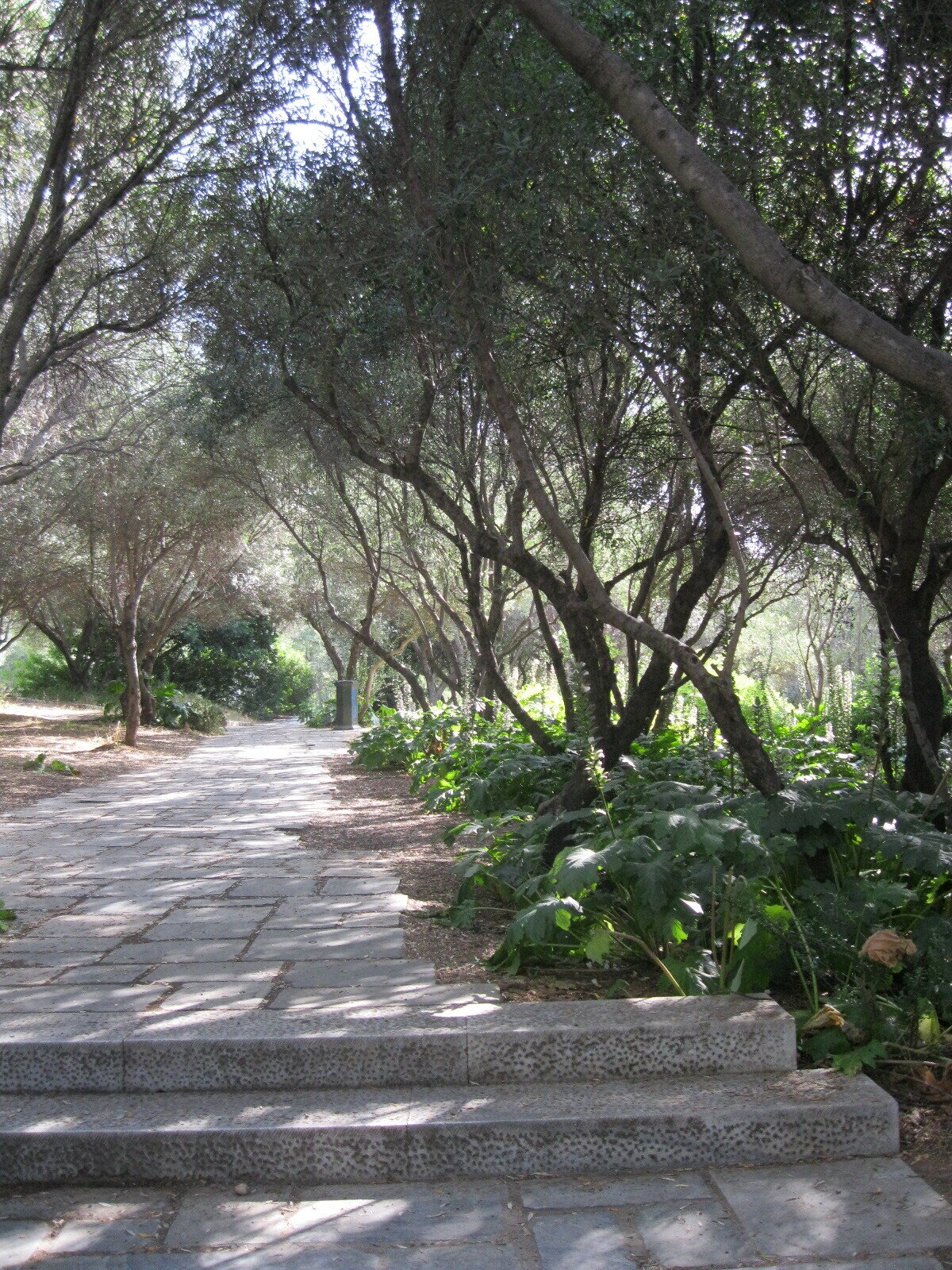
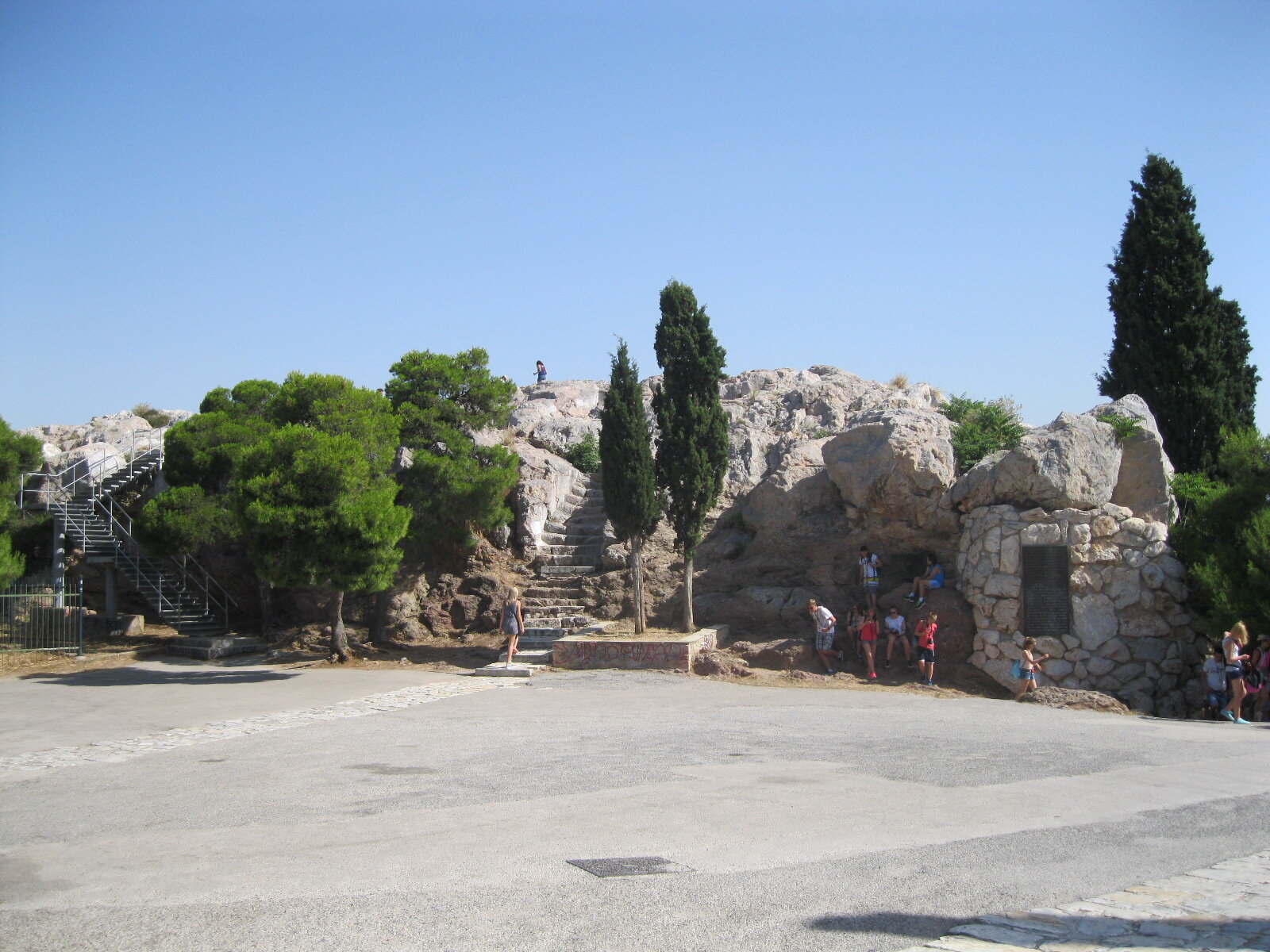
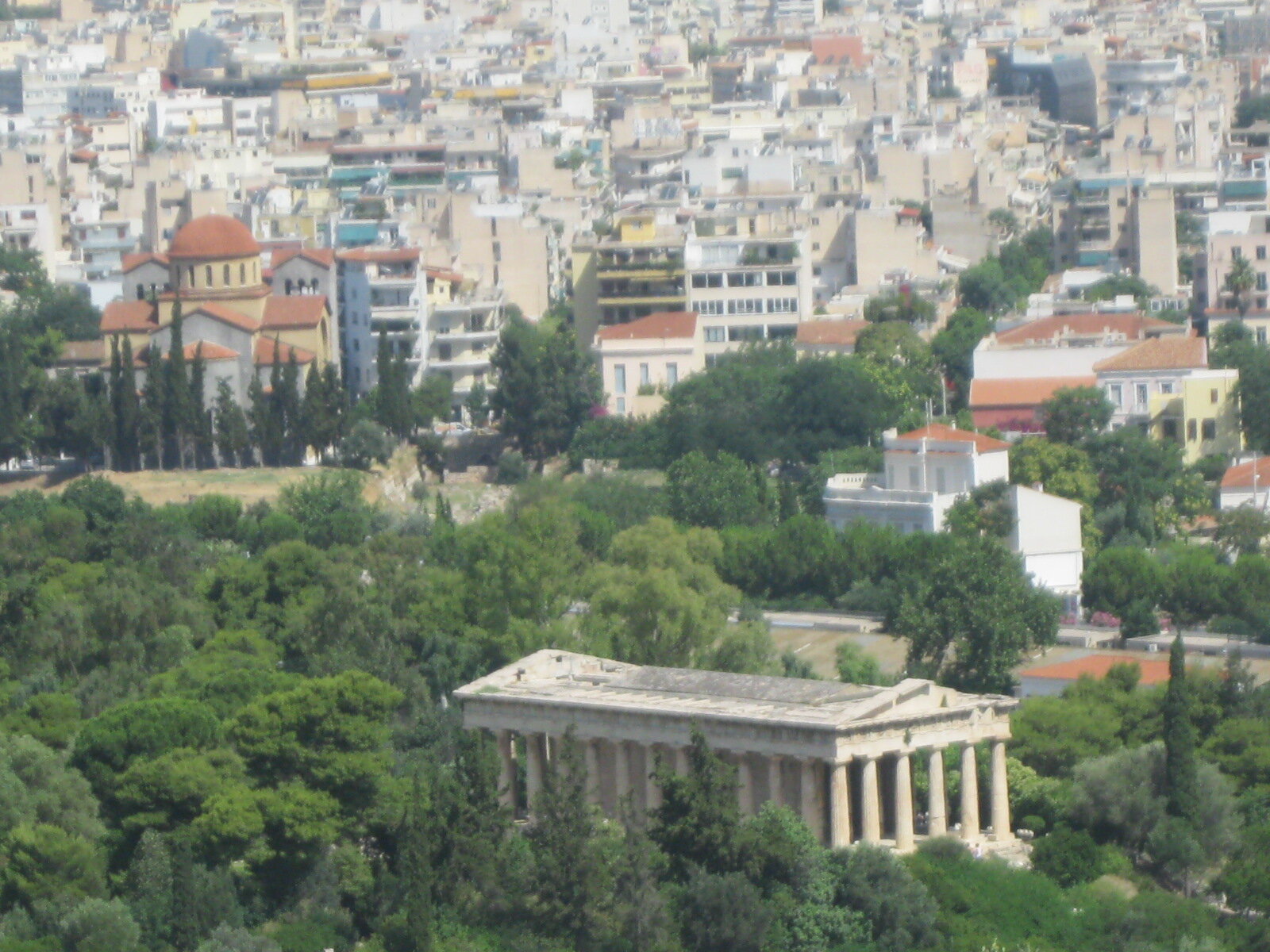
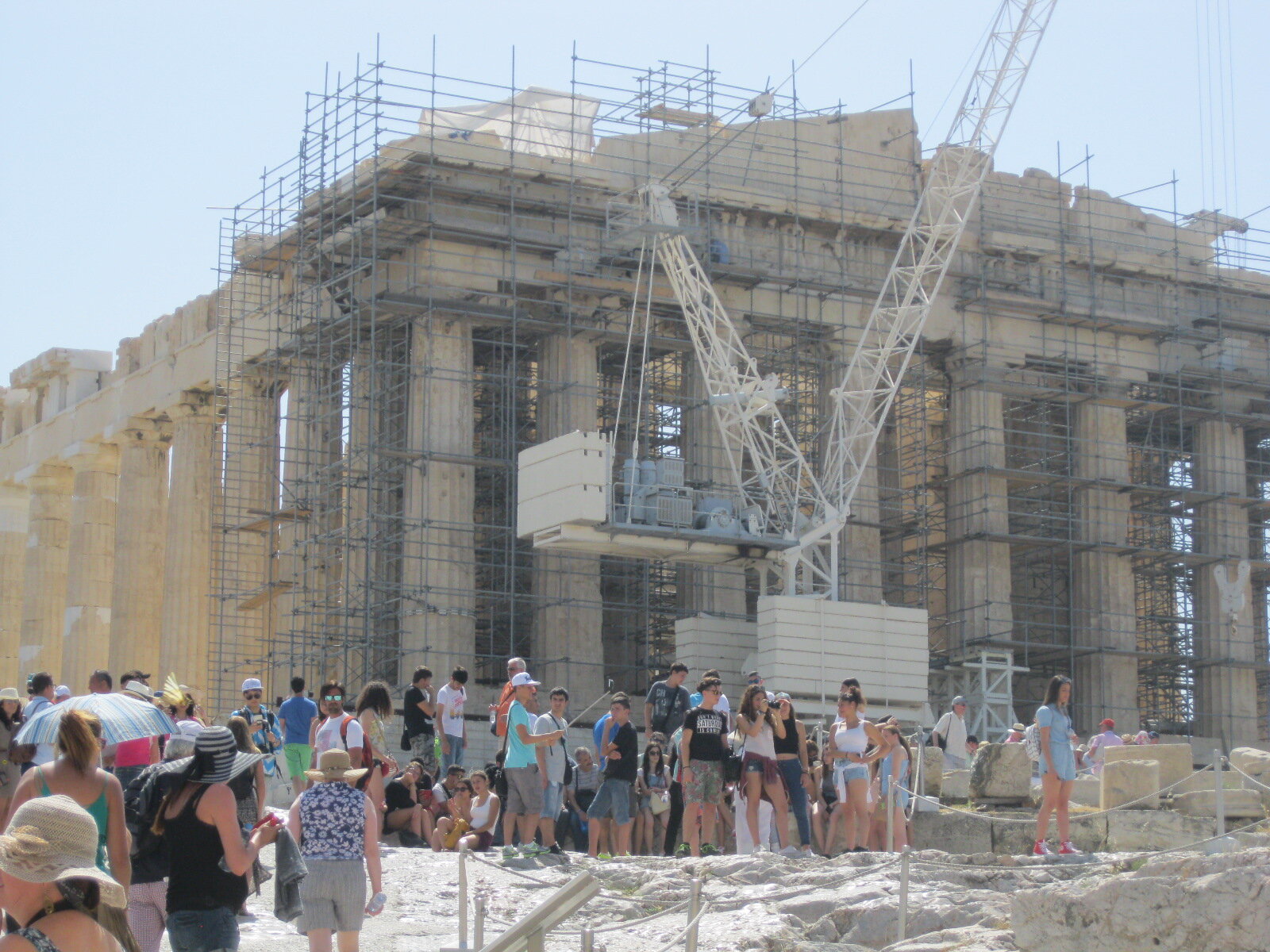
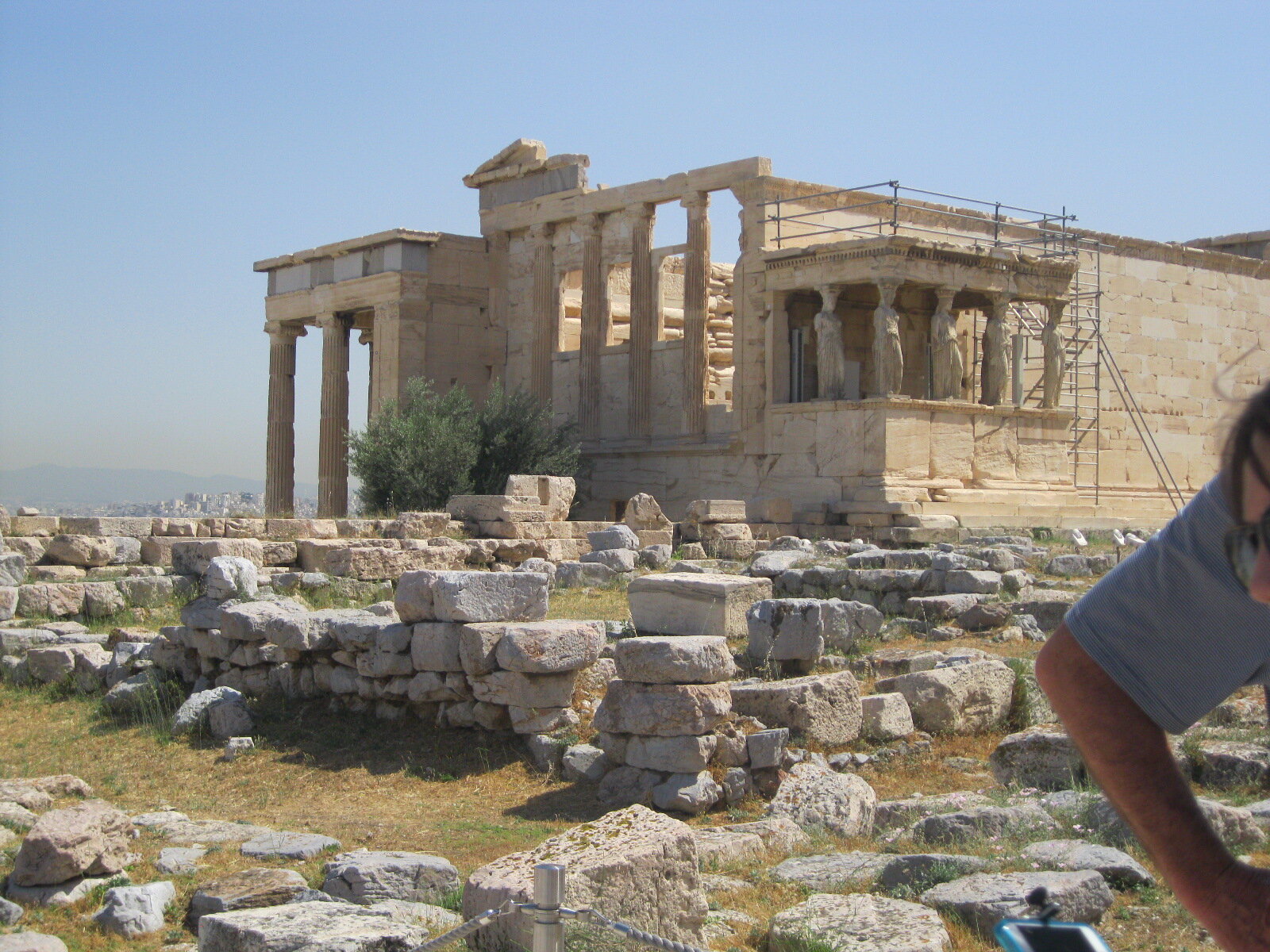
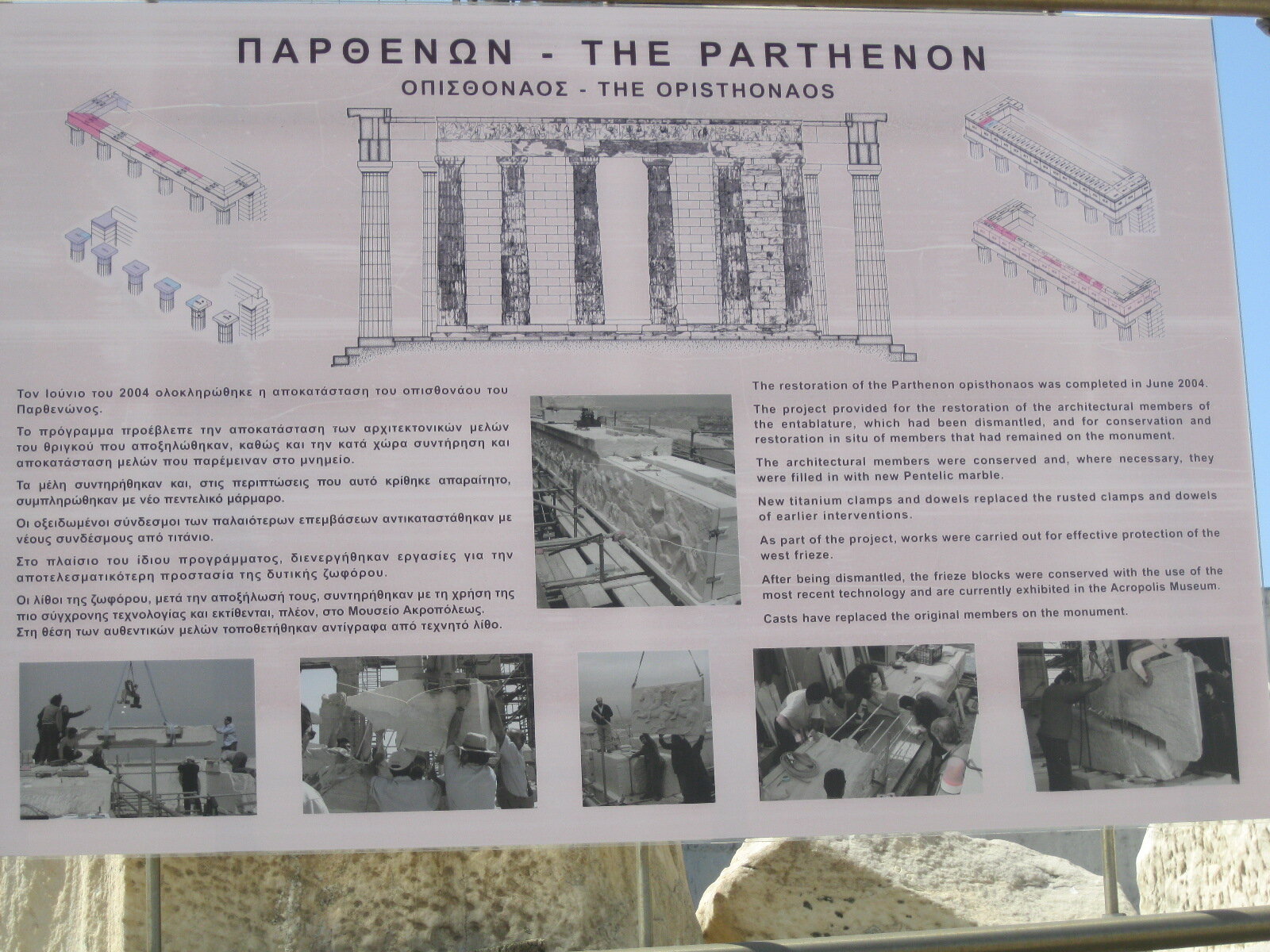

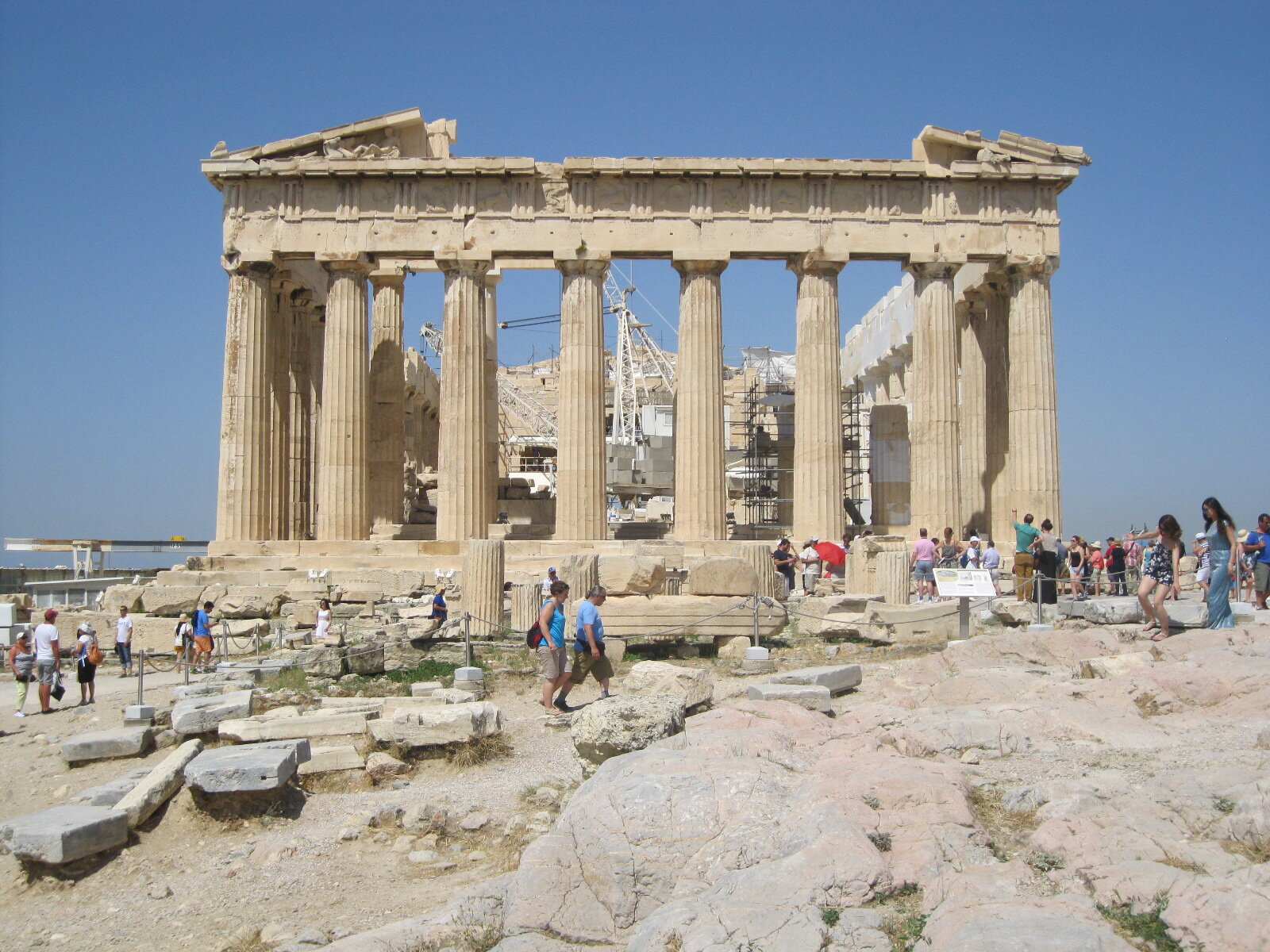
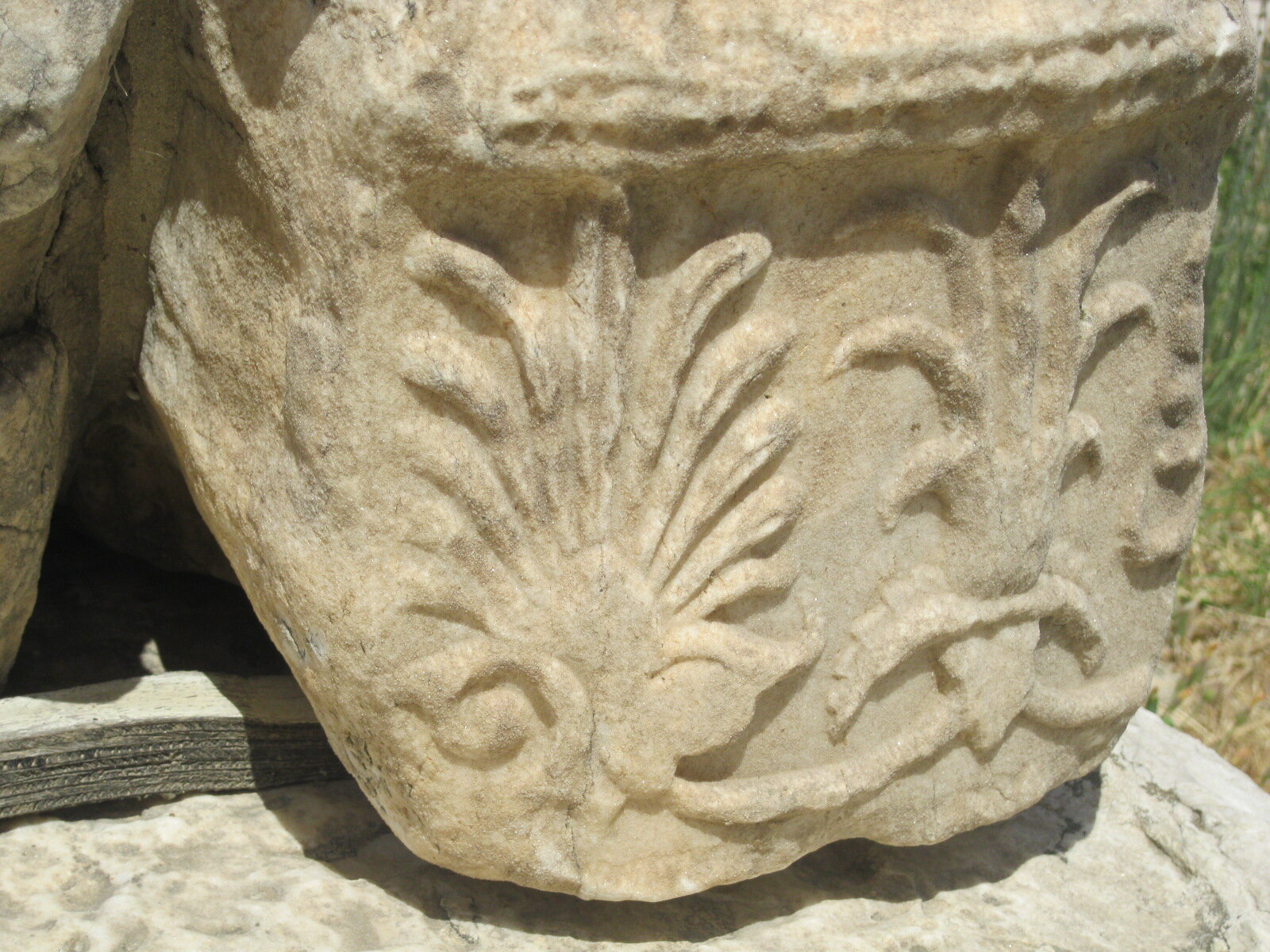
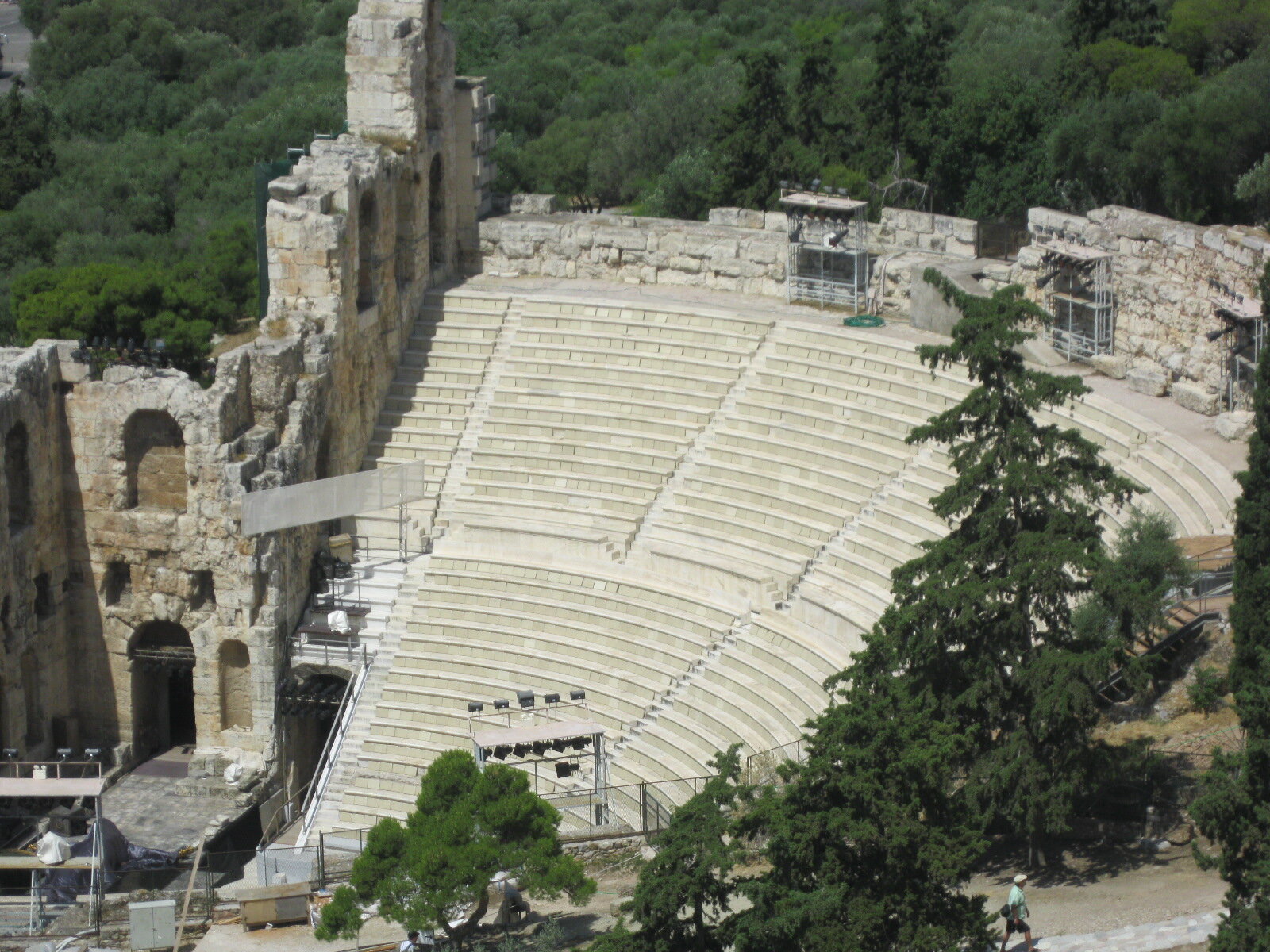
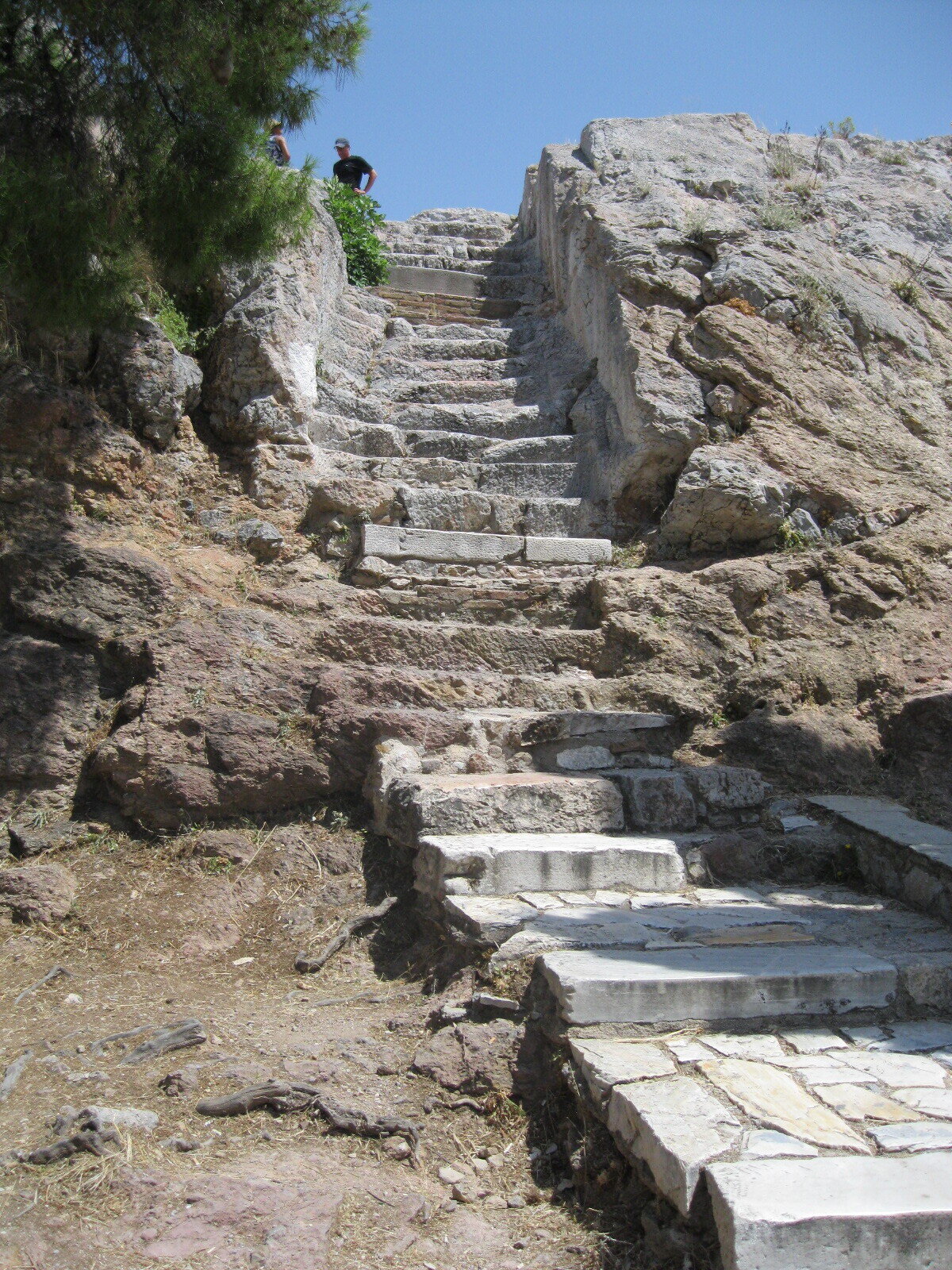
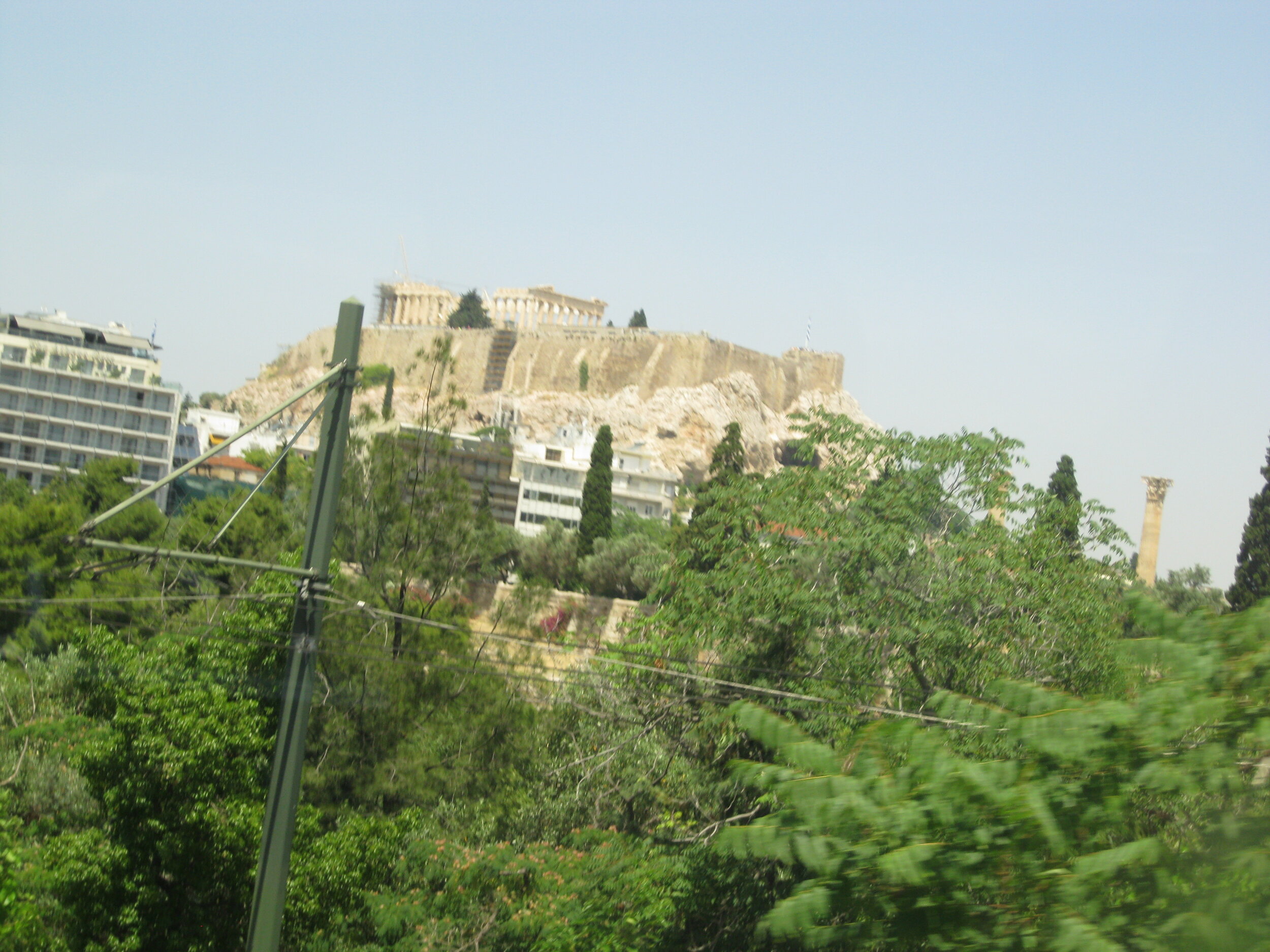
So, Paul went to the synagogue and he argued with the Jews there and asked them, “What are you doing? Your mission is to make God’s name known. What are you doing worshiping other gods?” In the synagogue there were also God-fearing Greeks! Some had found the true God and preferred to worship the true God over the pagan gods.
In Acts 17, Paul went to the Agora of Athens and began to reason with the philosophers, the disciples of Aristotle and Plato, the Epicureans (pleasure seekers). Paul invited them to learn of Jesus and explained to them His world view. The “Agora” was a central public space or gathering place or place of assembly. It was the center of the athletic, artistic, spiritual and political life in Athens. A “Stoa” was a classical portico or roofed colonnade. On the east side of the Agora, you come to one of several Stoas, reconstructed. It is where they gathered for discussions or lectures. All the great philosophers taught here. Jesus and His resurrection was Paul’s message. This caught their attention. They had not previously accepted the idea of a bodily resurrection. They understood that if someone was raised from the dead, this was something new. In Greek history, people do not come back from the dead.
The people thought Paul was teaching about a foreign god. Then Paul was invited to teach on Mars Hill (called the Areopagus Hill). At that time, a court ruled which gods were acceptable and which philosophies were accepted. This is where Paul was invited to speak. It was as if Paul was invited to something like the Supreme Court to present his arguments! What an opportunity. He would be sharing with the philosophers of the highest level.
To help put Paul’s message in context, we need to understand the history of The Temple of Athena and what it represented. Paul passed the Parthenon to get to Mars Hill. There is a 50 foot statue of Athena made of bronze that you could see from the Sea. The Athenian people of Paul’s day revered the Parthenon, the temple dedicated to the goddess Athena. She was the goddess of wisdom. The Parthenon was the ultimate in beauty, order, rationality, and perfection.
The Parthenon was built in 477 B.C. after the Persian invasion. The base of the Parthenon isn’t flat. It is raised up in the middle by 6”. The part above the columns does the same thing. It looks straight. They built it to look straight even though it is bulged. The columns are not even. They are smaller as they get taller. They look straight and even. The spacing between them is not the same. But your eye sees it as straight and even and equal. Everything leans in also. Every stone only fits one place. Every one is unique and different.
Paul said Men of Athens, I perceive that in all things you are very religious; for as I was passing through and considering the objects of your worship, I even found an altar with this inscription: “To the Unknown God.” Therefore, the One whom you worship without knowing, Him I proclaim to you: God, who made the world and everything in it, since He is Lord of heaven and earth, does not dwell in temples made with hands. Acts 17:22-24
God was building a temple, too - not of this marble or limestone, but of living stones. Every stone unique. We only fit in one place in God’s building…the place He has for us. If you follow Him, He has chiseled you to be the stone for one place only. Unique. Paul must communicate to this highly educated “Supreme Court” that this temple (our body) is after His temple - despite the beauty of the Parthenon.
The philosophers gathered in the Stoa - the wisdom-seeking stoics and the pleasure-loving Epicureans. This place is in the shadow of the Parthenon, the Temple of Athena, the goddess of wisdom. It is like the ultimate shrine to the myths of humanism, Hellenism - the myths of this broken world: the myth that the human mind can determine ultimate truth; the myth that the human mind, education, or science can solve this world’s problems.
But Paul, a passionate follower of Jesus, was a Jew. He had a brilliant mind and he was a student of the Scriptures. How will Paul communicate to this highly-educated Greek culture that God does not live in temples made with hands? He met them at their level. They were proud of their religions that they had created. Paul observed their objects of worship and then used them as a starting point to share his faith in Jesus Christ. Whenever we share the gospel, we need to begin by meeting the listener where they are and find some common ground. Then, prayerfully and gently introduce them to the Savior.
To learn more about our Israel/Petra or Israel/Greece tours, please click here.
To receive our newsletter, please click here.
To partner with us, click here for our donation options.
